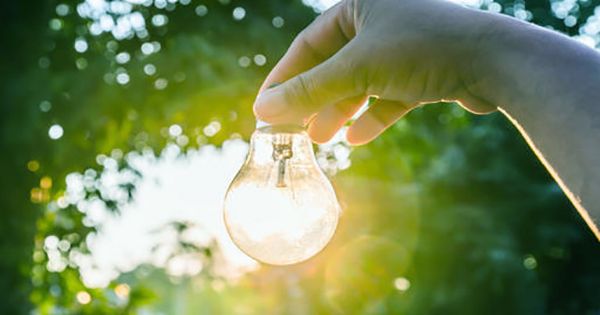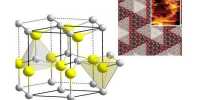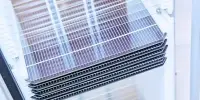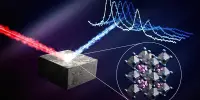Unlike other fuels, hydrogen only produces water and heat when burned. Already heavily used for industry, hydrogen can become the basis for abundant transportation systems and energy stores for windless nights or cloudy days in a world running on clean electricity. Most hydrogen production efforts involve generating electricity from renewable sources and finding catalysts that divide water more rapidly and cheaper than existing versions of hydrogen and oxygen.
Algae may be induced to produce hydrogen instead of the oxygen they normally use to produce oxygen. Fortunately, there is no danger of it becoming public and shutting down our air supply. Instead, it could provide a way to produce a pollution-free power source, suitable for storage and transportation.
These ideas are getting closer to the possibility that money is being sought for mega projects with large quantities of solar and wind energy. Yet, it is not clear that technology could soon save us from climate destruction without subsidies that cannot be relied upon. Professor Xin Huang of the Harbin Institute of Technology in China has found a wide path.
Huang and colleagues converted algae Chlorella pyrenoidosa into cells that normally convert carbon dioxide and oxygen from water into a solution of polysaccharide dextran. The dextran was then mixed with a solution of polyethylene glycol (PEG) so that about 9,000 algal cells were packed in each sweet drop. The combination deprives the algal cells of oxygen, which was expected to produce more of their own to compensate them. Instead, they change a location, introducing enzymes known as hydrogenases.
As the name implies, hydrogenases produce hydrogen, which is the way chlorella normally uses to synthesize oxygen. As long as the cells could keep away from oxygen, the team discovered that they would continue to use sunlight to produce hydrogen that could be drawn for use. At Nature Communications, they reported that the coating of algae droplets with bacteria ensures that oxygen from the atmosphere or from unchanging cells reaches the sky very quickly so as not to disrupt the production of hydrogen. The droplets are smaller – their diameter is equal to the width of a human hair – so the hydrogen produced from each is reduced. But millions of people can be easily created.
Prof. Huang said in a statement, “Our method should be comfortable and able to scale-up without compromising the functionality of living cells.” “It also feels flexible; For example, we recently captured a large number of yeast cells in droplets and used microbial reactors to produce ethanol.” Fuel and alcohol, who could ask for more, It remains to be seen whether the method will prove more affordable than converting sunlight into electricity and then using it for hydroelectric analysis, but it is better to plan a back-up when the future of the world is at risk.














